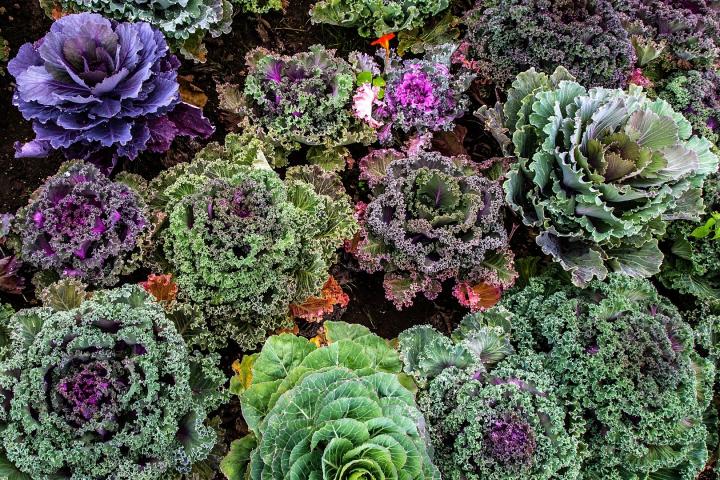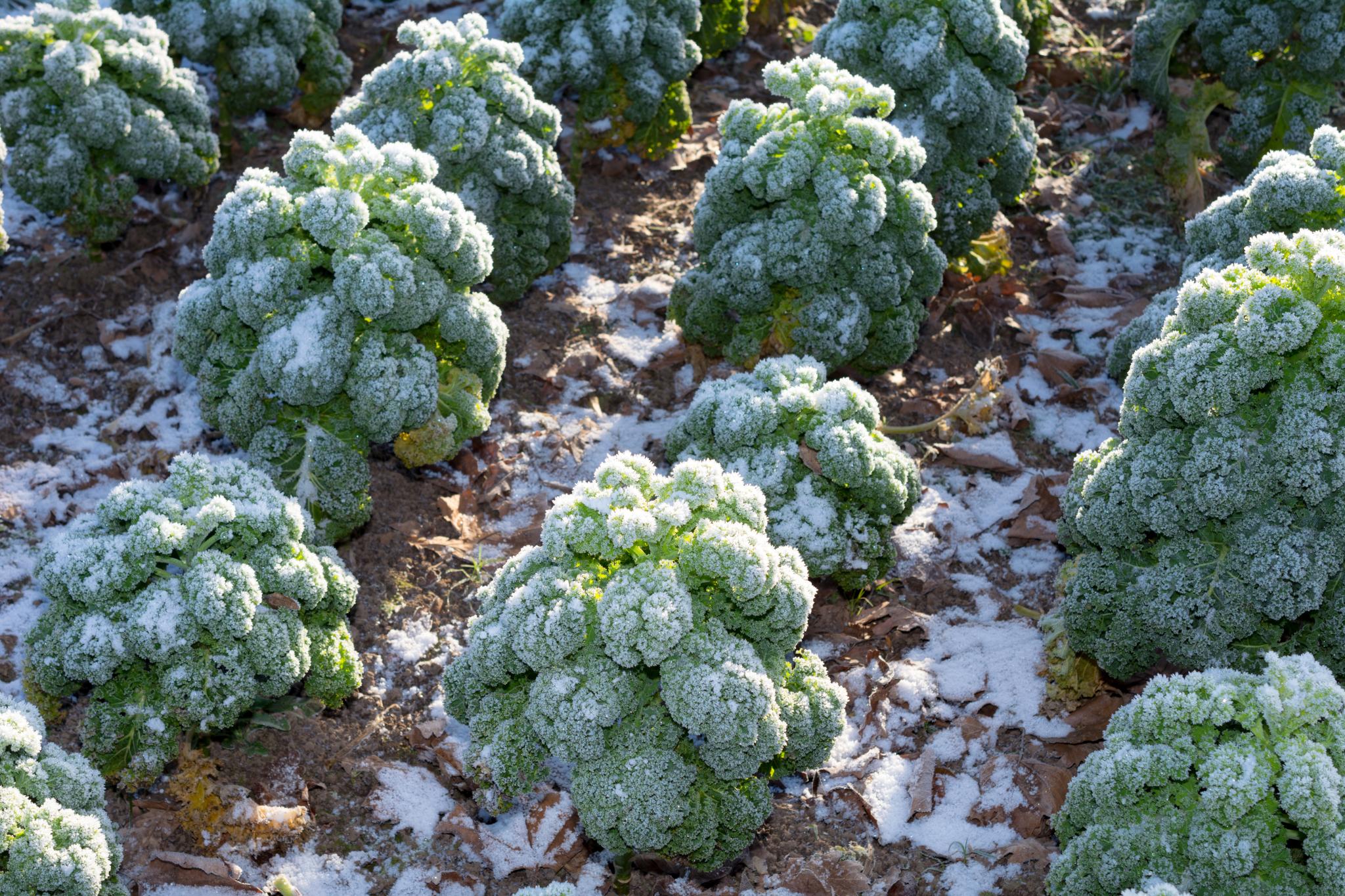
Planting, Growing, and Harvesting Kale
The small, tender leaves can also be added raw to salads or smoothies. Cut and cook the larger leaves like spinach, but be sure to remove the tough ribs before steaming or stir-frying. Kale can also be substituted for spinach in omelets, casseroles, and quesadillas. Enjoy our best kale recipes.
Some people dislike kale because it is so crunchy and dry. It sounds odd, but a great way to make kale more tasty is to massage it!
Also, kale is great for freezing. See how to freeze kale and other greens.
ADVERTISEMENT
I recently learned kale can cause bowel obstruction in certain people, extremely painful and requiring surgery, probably shouldn’t go kale crazy 😬
I dry kale in my dehydrator, blend it into powder and use it in my smoothies.
I have several kale plants in a raised bed that have been growing and producing for 3 years. The main stalks are very long and I would like to cut them back. When is the best time of year to do this?
Thank you.
Bought some grocery store kale. Didn't care for it. Planted some in my garden last year. Didn't care for that either. I have concluded that I don't care for kale.
Most greens in the grocery store are picked when they are past their preferred leaf size. This makes them taste much stronger than if they were harvested at a smaller, more flavorful size. Also, different varieties have milder flavors. Try eating your greens on a peanut butter sandwich made with your favorite whole grain bread & butter. Very tasty!











Comments